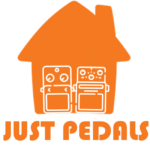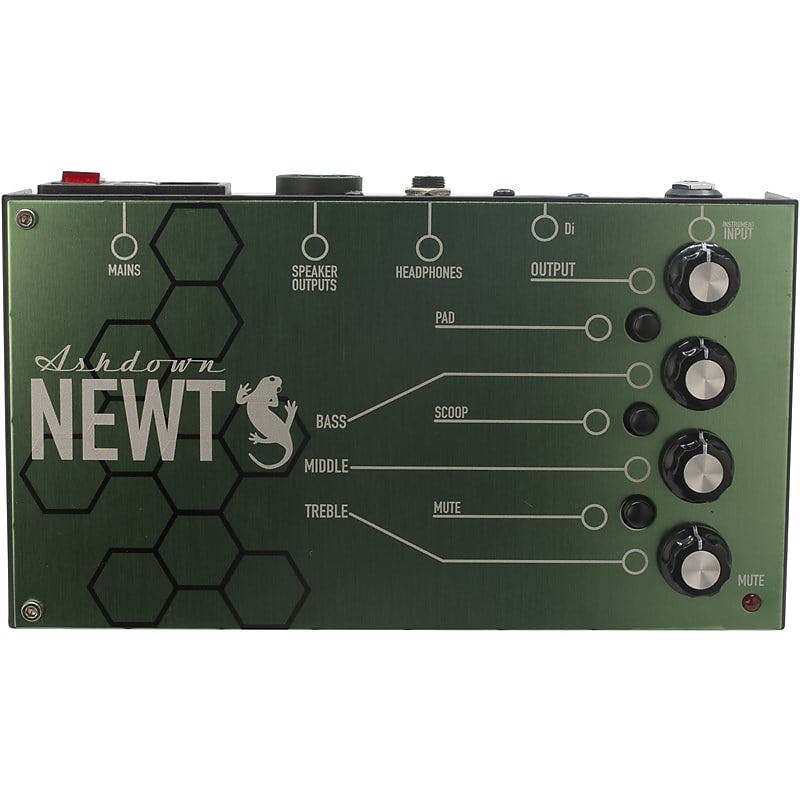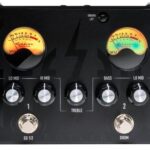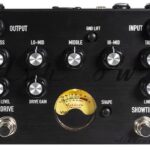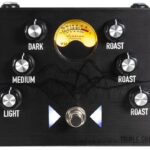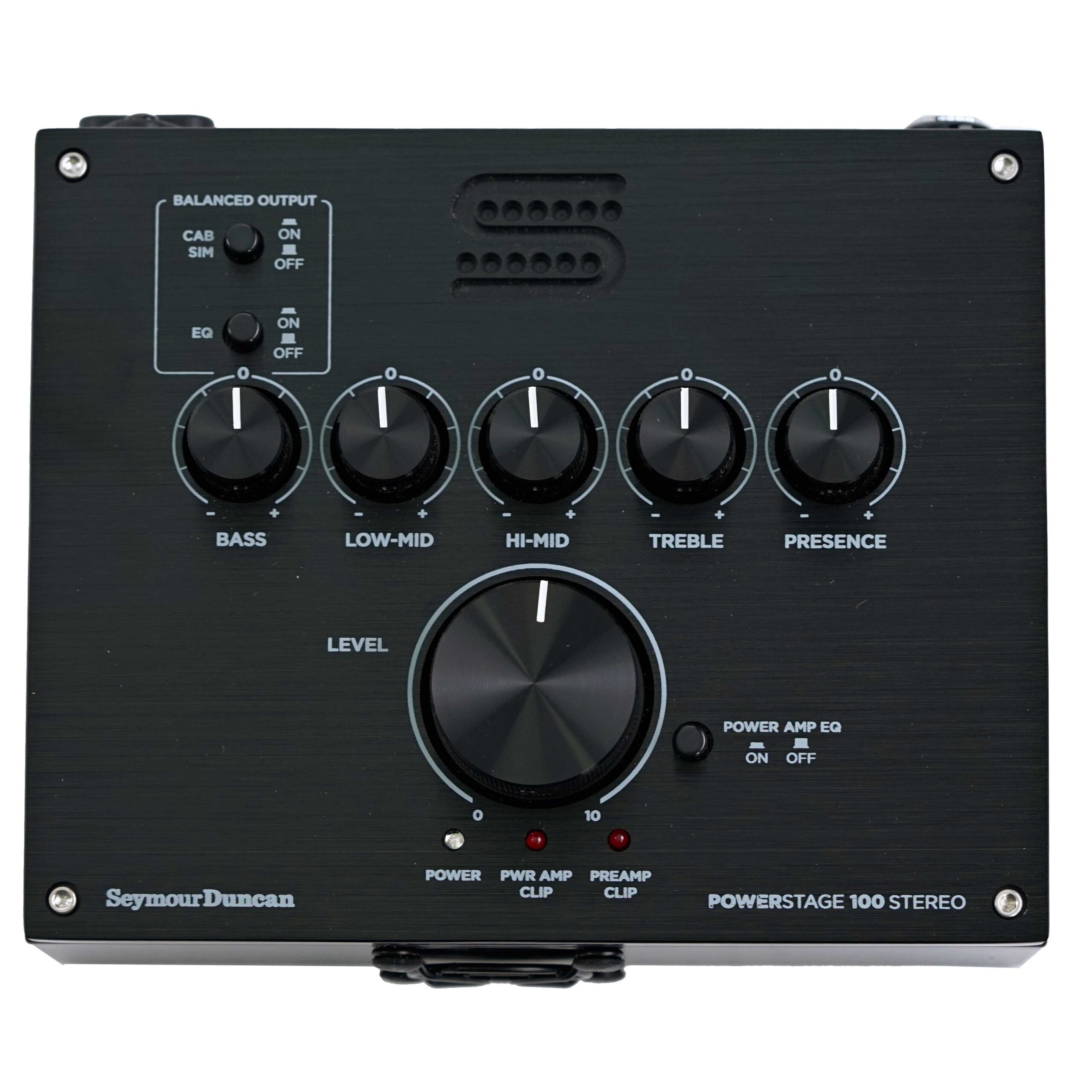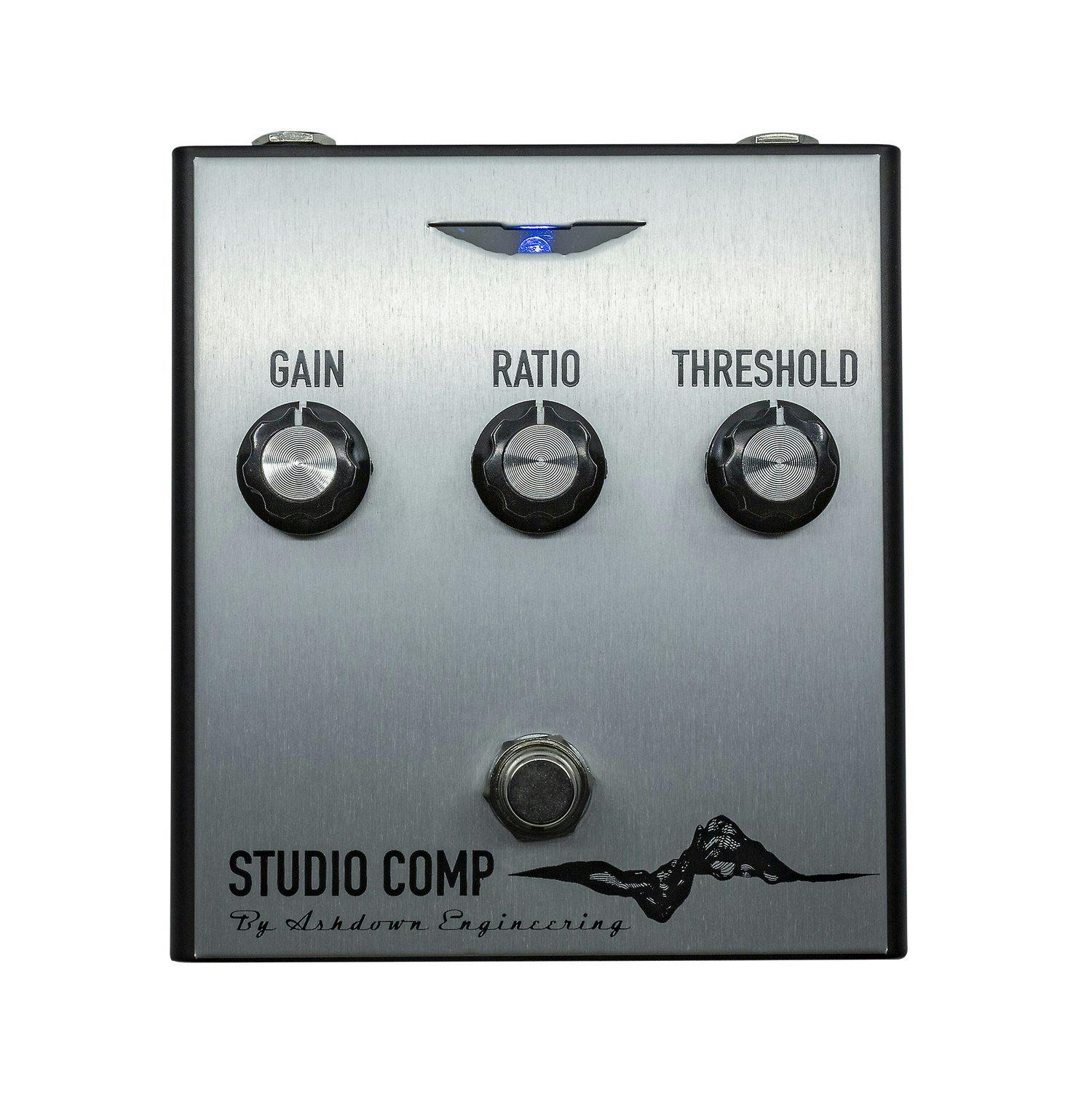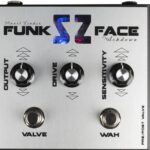Tasty Pedals made by Ashdown
Ashdown Engineering is a renowned manufacturer of bass amplifiers, cabinets, and effects pedals, known for their commitment to quality, innovation, and powerful sound. Founded in 1997 by Mark Gooday, a former employee of Trace Elliot, Ashdown has since become a respected name in the bass community, providing professional-grade amplification solutions to musicians worldwide.
Among Ashdown’s product lineup, their bass amplifiers and cabinets are particularly notable for their robust construction, versatile tone shaping options, and reliable performance. The company offers a variety of amplifier heads, combos, and speaker cabinets designed to suit different playing styles and preferences, from punchy and articulate tones to deep and thunderous bass frequencies.
In addition to amplifiers and cabinets, Ashdown also produces a range of effects pedals tailored specifically for bass players. These pedals, such as the Ashdown Drive Plus and the Ashdown Dual Band Compressor, offer bassists a variety of tone-shaping and dynamics control options to enhance their sound and performance.
With a dedication to craftsmanship, innovation, and providing bassists with the tools they need to excel, Ashdown Engineering continues to be a trusted choice for musicians seeking high-quality amplification and effects solutions for their bass guitars.
Just Pedal Ingredients.
Amp — An amp pedal, often referred to as an amp simulator pedal or amp modeling pedal, is a type of effects pedal designed to emulate the sound and characteristics of various guitar amplifiers. By using digital or analog processing, these pedals replicate the tonal qualities, gain stages, and tonal response of different types of amplifiers, such as vintage tube amps, high-gain modern amps, or classic solid-state models.
Amp pedals are typically used to shape a guitarist’s tone without needing to rely on multiple physical amplifiers. They offer a range of preset or adjustable sounds that mimic the effects of different amp types, including their distinctive overdrive, distortion, and EQ settings. Some amp pedals also include additional features like cabinet simulations, which mimic the sound of different speaker cabinets, and built-in effects like reverb and delay. This makes them a versatile tool for achieving a variety of tones and sounds, whether in a practice setting, recording studio, or live performance, providing convenience and flexibility in a compact form.. PedalBoard — A pedalboard is the foundation of any organised effects setup, providing a stable surface to mount and power your pedals. It keeps everything neat, secure, and easy to transport, with tidy cable management and a single power supply to reduce noise and clutter. Whether you’re running a small setup with a few essentials or a large rig full of modulation, delay, and drive pedals, a well-built pedalboard helps you focus on playing rather than fumbling with cables.
Good pedalboards are lightweight yet sturdy, often made from aluminium with cutouts for cables and power leads. Many come with soft or hard cases for safe travel between gigs. Choosing the right layout makes a big difference — it’s all about balancing accessibility, signal flow, and power needs. A properly planned pedalboard not only protects your gear but also makes your setup faster, quieter, and more reliable wherever you play..
